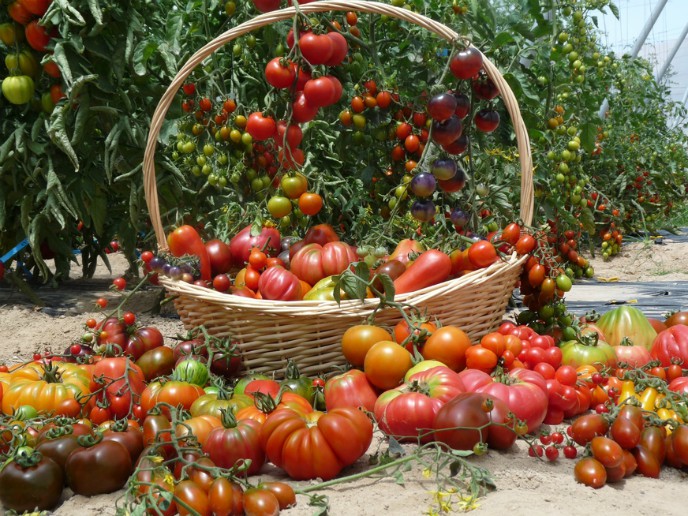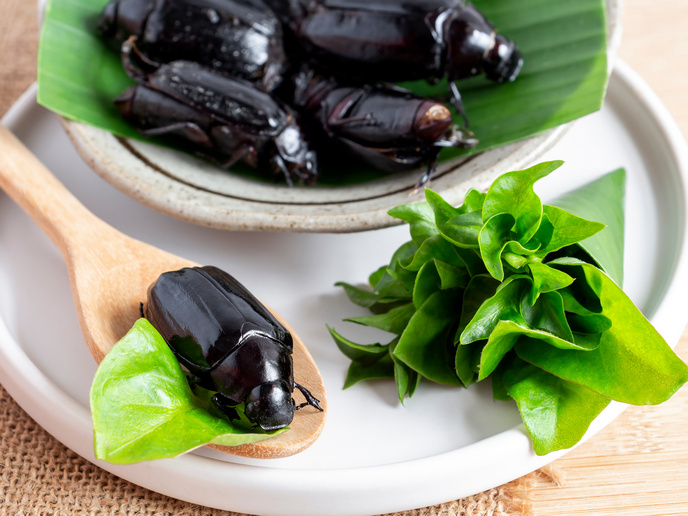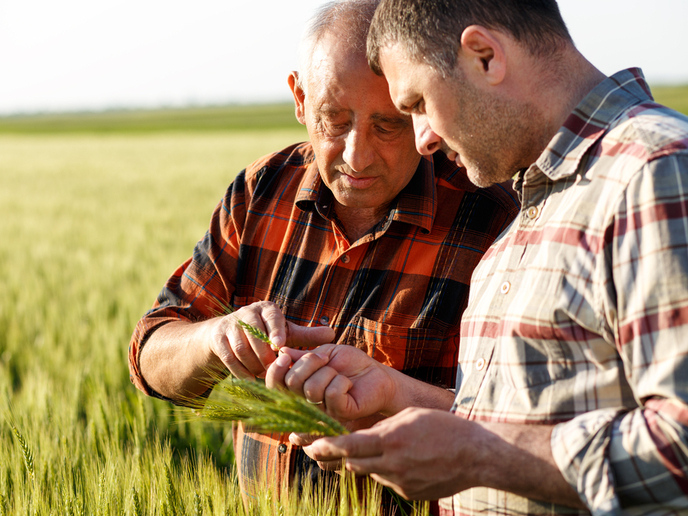Traditional tomatoes for happier consumers
Looking at tomatoes in our favourite supermarket, it’d be easy to forget that we are looking at a seasonal product: No matter the time of the year, the market will have no shortage of highly productive, good-looking and cheap tomatoes with a long shelf life. But as our grandparents will be quick to remind us, no matter how good they look, these hybrid tomatoes are nowhere as tasty as their ancestors. It’s not misplaced nostalgia. The truth is, in the race for ever higher productivity, producers actually seem to have forgotten about flavour. Did you know, for instance, that disease resistance is obtained by crossing tomatoes with their hardly edible wild counterparts, in turn negatively affecting flavour? The resulting increase in production has reduced the number of possible consumer choices, and, to make things even worse, globalisation means that these tomatoes are harvested while still green and stored at low temperatures, which also decreases their flavour. Meanwhile, local farmers maintaining a wealth of traditional varieties and cultivation methods and supplying great-tasting tomatoes are under threat. Since quality doesn’t pay off and scientific approaches to capture and describe the value of the traditional varieties and methods are lacking, there are just not enough incentives for them to hold on to the old ways. By digging in the traditional European tomato pool, the TRADITOM (Traditional tomato varieties and cultural practices: a case for agricultural diversification with impact on food security and health of European population) consortium aimed to provide a scientific basis to what made these varieties survive until now, to help make them more competitive and, as Prof. Antonio Granell, coordinator of the project, puts it, “kill the old myths”. “By analysing the large phenotypic diversity of traditional varieties, we found for instance that some of them have comparable yields to modern hybrids, while others are large and tasty, have extended shelf life, high levels of healthy metabolites, or have a diverse composition of flavour compounds,” he explains. “Our research can be used to valorise these varieties as well as increase resilience without compromising on characteristics.” The project team notably found out that flavour essentially revolved around three sugars, three acids and close to 30 volatile compounds. They even know which genes and which version of those genes (alleles) are best at making the fruit accumulate optimum amounts of those compounds, for tomatoes tasting like no other. “We could ‘reintroduce’ the superior alleles of genes back into those modern varieties or use our knowledge for introducing yield, shelf life and disease resistance genes in the background of selected traditional varieties,” Prof. Granell explains. “Whilst the first approach may appear more complicated, several flavour compounds can be affected simultaneously by reintroducing good alleles of a small number of genes present in traditional varieties. We also showed the second approach could work by producing F1 hybrids between elite lines from companies and traditional varieties. This can be extended to a larger number of TRADITOM varieties that satisfy different consumer needs.” Other key project findings relate to consumer tastes and how their demands can best be met. For example, whilst consumers prefer tomatoes with high sugar levels, increasing sugar content in fruit often penalises yield. But thanks to TRADITOM, sweetness can now be increased without the need for more sugar by acting at the picomolar level of some volatiles tricking our senses into making us think the fruit is sweeter than it really is. According to Prof. Granell, the market should start thinking about what consumers want, instead of what producers and the rest of the value chain are more comfortable with and get the most profit from. To make this a reality, he and the rest of the consortium intend to continue their work through different projects.
Keywords
TRADITOM, tomatoes, traditional varieties, flavour, alleles







